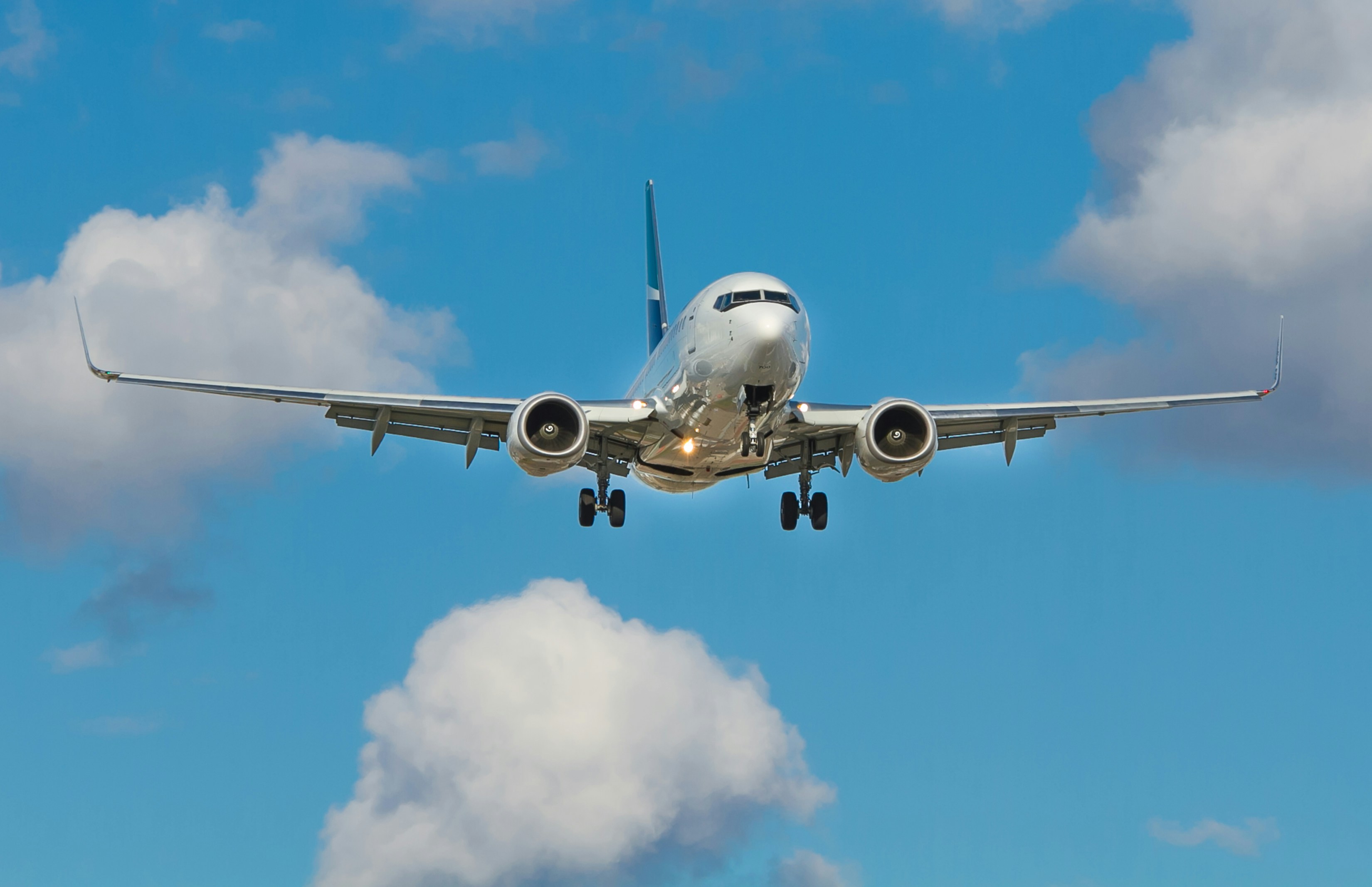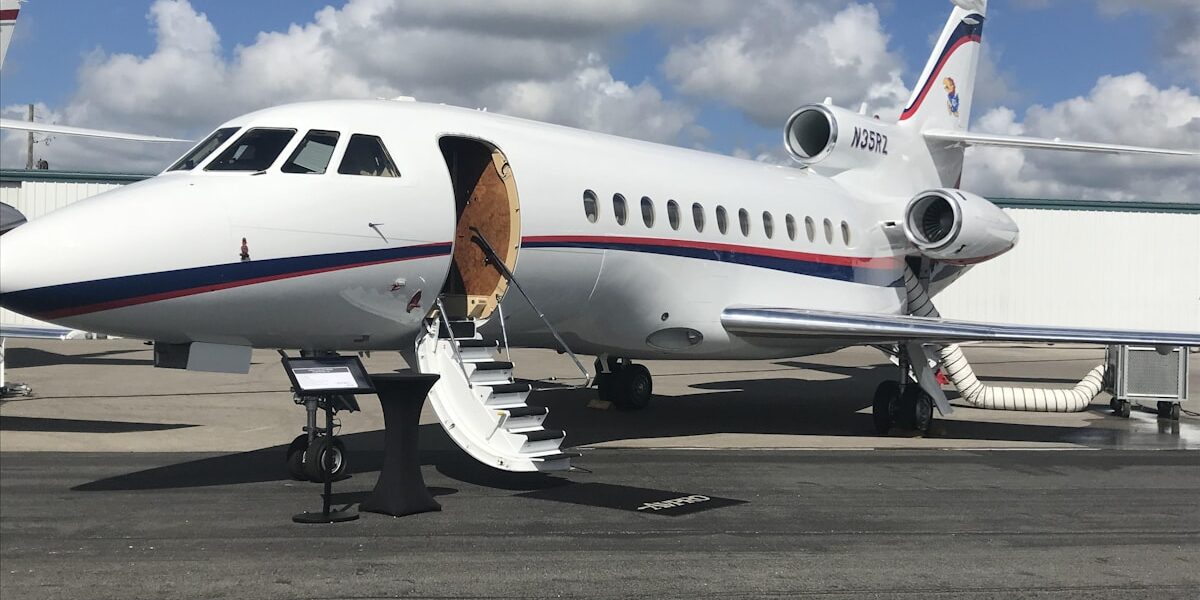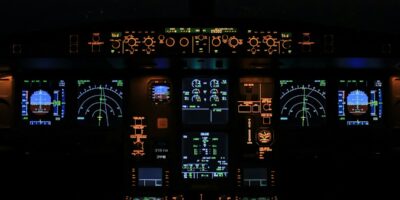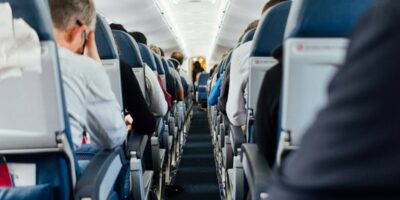Boeing 737-10: A Comprehensive Overview
The Boeing 737-10, a key player in the Max family, represents the latest in commercial aircraft innovation. Designed to offer improved efficiency and performance, this aircraft builds on the success of earlier models. It directly competes with Airbus’s A321neo, aiming to capture a significant market share in the single-aisle segment.
One of the first notable features of the 737-10 is its increased capacity. The aircraft can accommodate up to 230 passengers in a single-class configuration. In a typical two-class setup, it seats around 188 passengers, depending on airline customization. This makes it the largest model in the 737 Max family.

To support its larger size, Boeing made several design enhancements. The wingspan of the 737-10 measures 117 feet 10 inches, including advanced winglets designed to reduce drag and improve fuel efficiency. The aircraft’s advanced CFM International LEAP-1B engines provide more thrust and lower fuel consumption compared to previous generation engines.
Performance and Efficiency
The 737-10 boasts an extended range of approximately 3,300 nautical miles. This is slightly less than the 737-8 model, but still sufficient for most medium-haul routes. The aircraft’s fuel efficiency is enhanced by its aerodynamically optimized design and more efficient engines.
Reduced fuel burn per seat and lower maintenance costs contribute to the aircraft’s overall cost-effectiveness. Airlines can expect significant savings over the lifespan of the 737-10, making it an attractive option for operators seeking to minimize operating expenses while maximizing revenue potential.
Passenger Experience
The 737-10 offers a comfortable and modern passenger experience. The cabin features the Boeing Sky Interior, which includes sculpted sidewalls, customizable LED lighting, and spacious overhead bins. These bins provide more storage space for carry-on luggage while allowing passengers easier access to their belongings.
Improved sound insulation reduces cabin noise, contributing to a quieter and more pleasant journey. The larger windows offer more natural light, enhancing in-flight comfort and reducing jet lag. Passengers also benefit from more ergonomically designed seats and advanced air filtration systems, promoting a healthier cabin environment.
Technological Advancements
The 737-10 integrates several state-of-the-art technologies. The flight deck features large digital displays that provide pilots with crucial flight information in an intuitive format. Enhanced navigation and communication systems improve safety and operational efficiency.
The aircraft is equipped with the latest in-flight entertainment systems, offering a wide array of options for passengers. Connectivity features such as Wi-Fi and USB ports keep travelers connected throughout their flight. These technological enhancements contribute to a more enjoyable and productive travel experience.
Operational Considerations
The 737-10’s design incorporates improvements that facilitate efficient airport operations. Its commonality with other 737 models means that pilots, crew, and maintenance teams require minimal additional training. This reduces transition costs for airlines adding the 737-10 to their fleets.
The aircraft’s landing gear has been modified to accommodate its longer fuselage. This allows the 737-10 to maintain compatibility with existing airport infrastructure. Ground handling processes can be streamlined, minimizing turnaround times and maximizing aircraft utilization.
Environmental Impact
As with other Max models, the 737-10 prioritizes sustainability. Its fuel-efficient engines produce lower CO2 emissions per seat, contributing to a smaller carbon footprint. Additionally, the aircraft utilizes advanced materials that reduce weight without compromising durability.
The 737-10’s noise footprint is also reduced, benefiting communities near airports. These environmental considerations make the aircraft a viable option for airlines aiming to reduce their ecological impact while maintaining operational efficiency.
Market Position
The introduction of the 737-10 has strengthened Boeing’s position in the competitive single-aisle market. It addresses the needs of airlines seeking greater capacity and efficiency. Its design and performance characteristics make it an ideal choice for high-density routes and markets with burgeoning air travel demand.
Given the ongoing growth in global air traffic, the 737-10’s appeal extends across various regions. Airlines in Asia, Europe, and North America have shown significant interest. This widespread acceptance underscores the aircraft’s versatility and alignment with contemporary market demands.
Challenges and Outlook
Despite its many advantages, the 737-10 faces challenges. Regulation and certification processes can be rigorous, potentially impacting delivery schedules. Safety concerns following the 737 Max grounding have also necessitated stringent scrutiny and modifications.
The aircraft’s success depends on Boeing’s ability to address these challenges while assuring airlines and passengers of its safety and reliability. Assuming successful navigation of these hurdles, the 737-10 stands to play a pivotal role in the future of commercial aviation.




Subscribe for Updates
Get the latest articles delivered to your inbox.
We respect your privacy. Unsubscribe anytime.